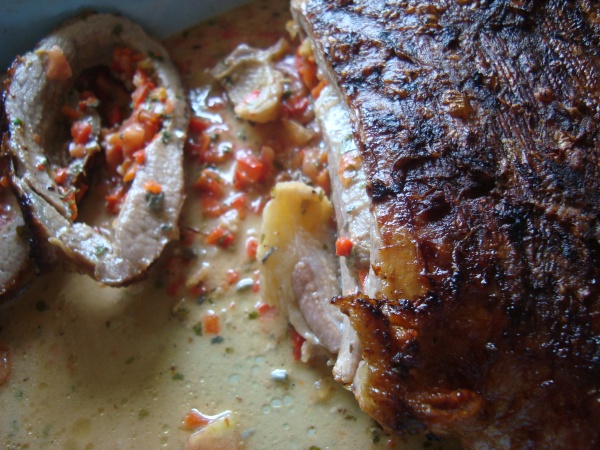Facts About Matambre
Matambre, also known as suadero in some Latin American countries, is a distinctive and flavorful cut of beef that is popular in Argentina, Paraguay, and Uruguay. It is sourced from the area between the cow's skin and ribs, unlike the more commonly known flank steak in the U.S. This rose-colored muscle is actually used by the animal to twitch and repel flies and other insects.
However, matambre is not just a cut of meat; it also refers to a savory dish where the meat is rolled and stuffed with vegetables, hard-boiled eggs, and herbs, then either boiled or oven-roasted. Served sliced, either hot or cold, it is often accompanied by chimichurri sauce, making it a flavorful delight.
The name "matambre" combines the Spanish words "matar" (to kill) and "hambre" (hunger), essentially meaning "hunger killer." The specific cut, known scientifically as cutaneous trunci, is sometimes referred to as the "fly shaker" or "elephant ear" due to its muscle function.
A traditional Argentine preparation is "matambre arrollado." For this dish, the meat is stuffed with ingredients like carrots, hard-boiled eggs, and black pepper, then rolled up and cooked in milk or water before being roasted. It is then sliced and served with condiments such as chimichurri.
In Uruguay and Argentina, you'll find variations like "matambre a la leche" where the meat is marinated in milk, baked flat in the oven, and topped with beaten eggs and cheese. Another popular version is "matambre a la pizza" which involves topping the matambre with pizza ingredients rather than rolling it up.
Matambre is a versatile cut of meat that can be prepared in numerous ways, showcasing the rich culinary traditions of Latin America. Whether you enjoy it rolled and stuffed or topped with cheese and eggs, matambre is sure to be a delightful addition to your table.

 Uruguay
Uruguay